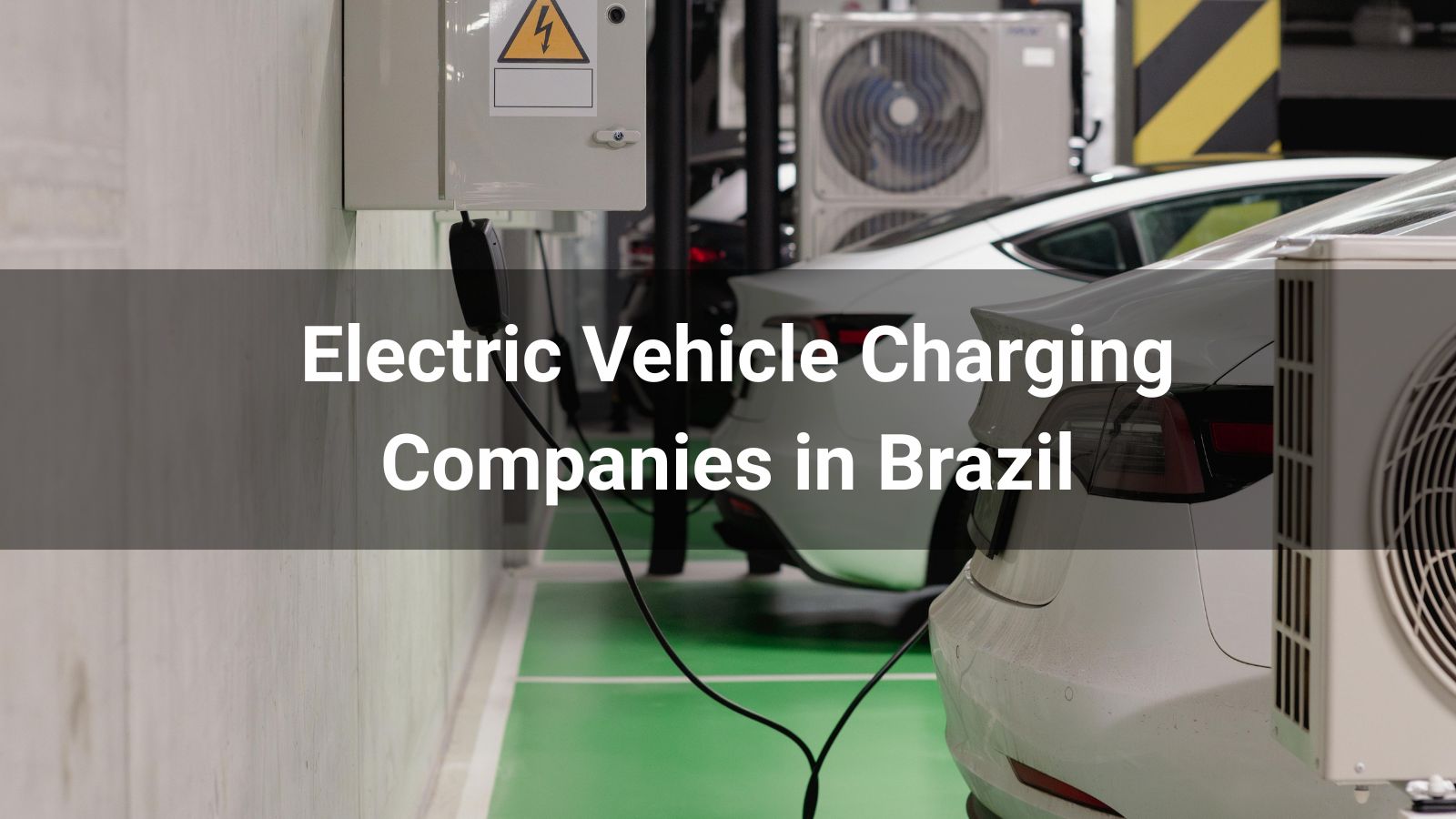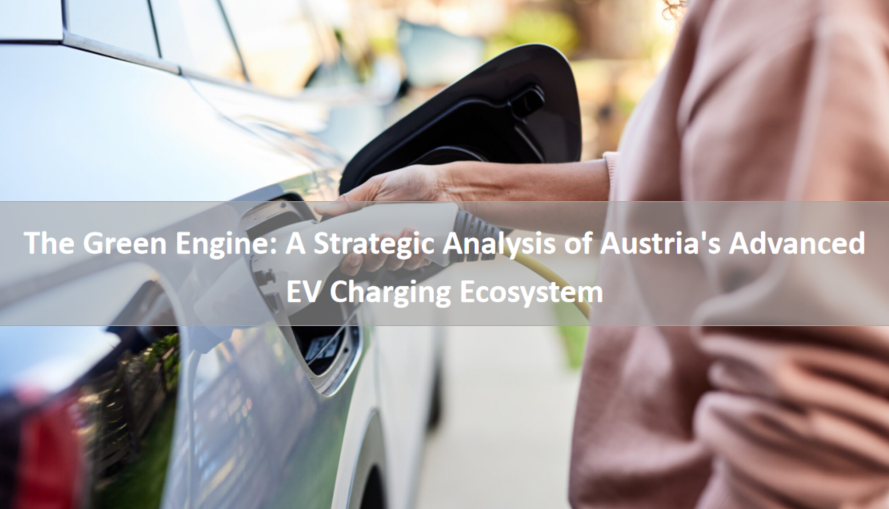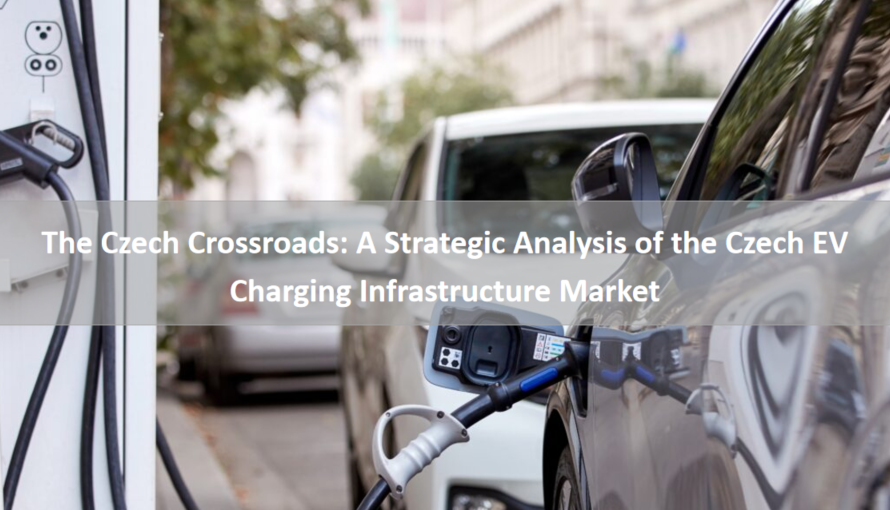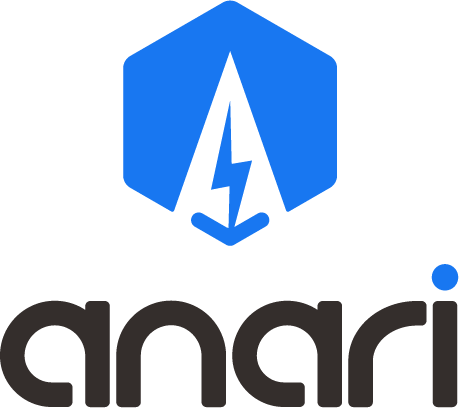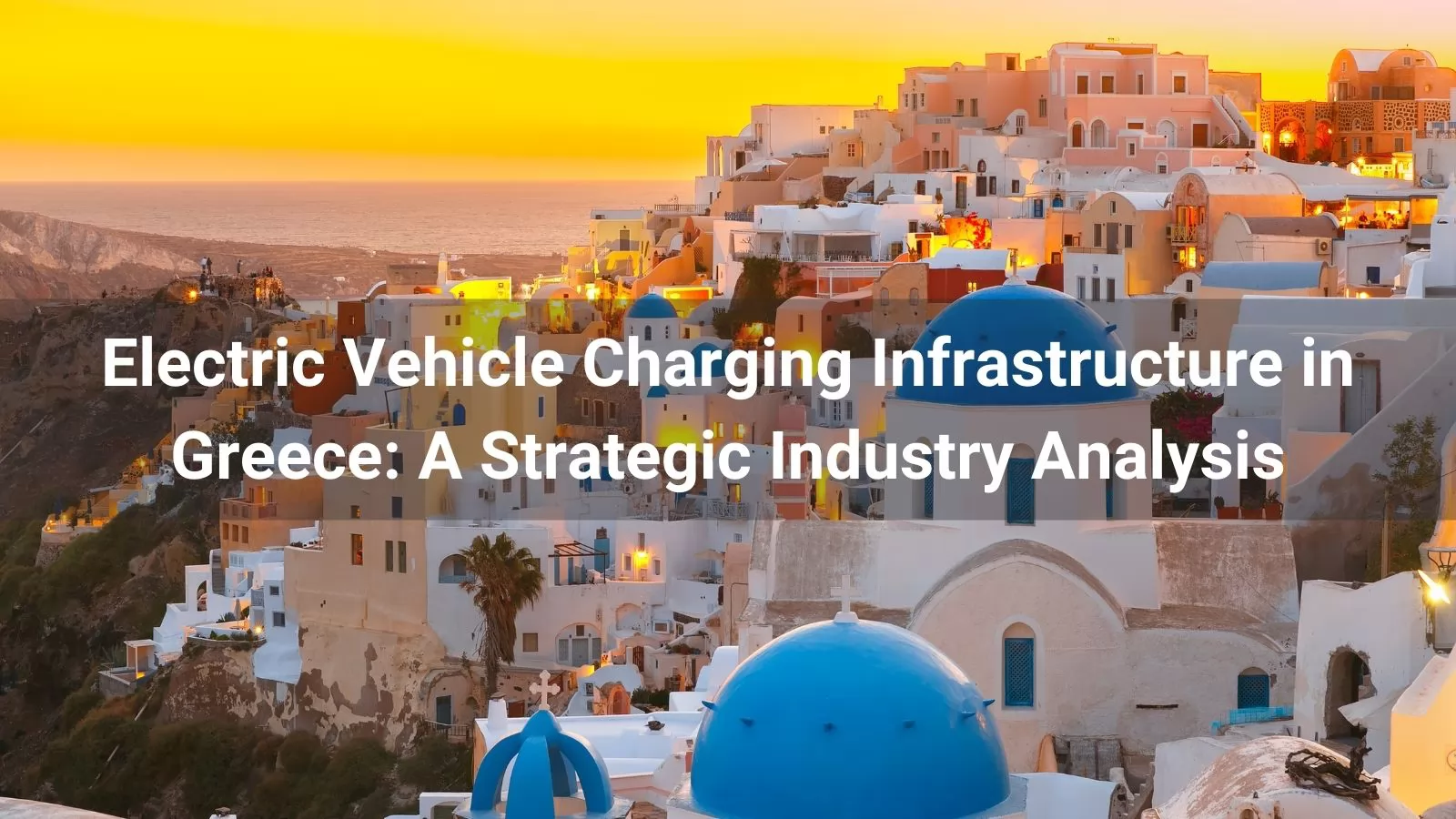
Greece’s electric vehicle (EV) market is poised for transformation, fueled by EU decarbonization mandates and national initiatives. However, challenges such as fragmented charging infrastructure, regional disparities, and poor user experiences threaten progress. This report draws on P3’s cross-country EV testing, policy analysis, and market forecasts to deliver actionable insights for stakeholders.
Core Insights:
-
Explosive Growth: Battery Electric Vehicle (BEV) registrations surged 300% YoY in H1 2025, but charging infrastructure meets only 37% of the 2030 target.
-
Infrastructure Gaps: 93% of DC/High-Power Charging (HPC) stations are in Athens and Thessaloniki, while rural areas rely on low-power AC chargers.
-
Policy Momentum: €220M in EU funding targets highway/airport hubs, but SME subsidy allocation is inconsistent.
-
User Experience: Fragmented Charge Point Operator (CPO) apps and limited payment options hinder adoption, despite 57% renewable energy grid integration.
1. Market Dynamics & Regulatory Landscape
1.1 EV Adoption Trends
Growth Drivers:
-
Subsidies: Private buyers receive up to €11,000 (30% cashback + scrappage bonuses); corporate fleets get €6,000 grants.
-
Tesla Dominance: Tesla holds 29% market share (2023), with European brands (Volkswagen, Opel, Peugeot) gaining ground at 6–8% each.
-
Fleet Electrification: By 2027, 25% of corporate cars and 33% of Attica taxis must be zero-emission.
Challenges:
-
Vehicle Age: Greece’s vehicle fleet is among the EU’s oldest (average age: 15 years), slowing EV penetration.
-
PHEV Reliance: 24,911 plug-in hybrids strain AC networks, which account for 86% of Greece’s 6,696 charging points.
Forecast:
-
BEV registrations are projected to reach 650,000 by 2035 (P3 model), contingent on HPC deployment and grid upgrades.
1.2 Policy Framework
EU Alignment:
-
Fit for 55: Mandates 100% zero-emission vehicle sales by 2035 and HPC stations every 60 km on TEN-T corridors by 2025.
-
AFIR Compliance: Greece’s National Plan for Electrification (NPE) targets 18,000 charging stations by 2030, but progress lags (2,728 DC stations planned by 2025 vs. 808 operational in 2025).
Subsidy Mechanisms:
-
Residential Chargers: €500 per installed smart charger.
-
Public Chargers: Up to 65% subsidies for SMEs in Thrace vs. 20% for large firms in Athens.
2. Charging Infrastructure: Current State & Challenges
2.1 Hardware & Distribution
Key Metrics:
-
AC Dominance: 5,773 AC points (86% of total), primarily 22 kW chargers at supermarkets (e.g., Lidl’s 45 free stations).
-
DC/HPC Gaps: Only 14% of stations offer DC/HPC (808 DC, 115 HPC), with 93% concentrated in urban centers.
-
HPC Deficit: Only 34 CCS Combo 2 stations exceed 100 kW, well below the EU’s 150 kW AFIR threshold.
Regional Disparities:
-
Athens-Thessaloniki Corridor: 160 DC stations (DEI Blue) vs. 1–2 stations per province in rural areas.
-
Impact on Tourism: Summer traffic peaks exacerbate “charging deserts” along coastal routes (e.g., Athens to Crete).
Hardware Analysis:
-
Legacy Systems: ABB Terra 54 (50 kW) and Wallbox Supernova (60 kW) dominate.
-
Emerging Players:
-
DEI Blue: Installing HYC_300 (300 kW) at ELINOIL gas stations.
-
Tesla: 270 kW Superchargers in Athens/Larissa, open to non-Tesla EVs.
2.2 User Experience Deficits
Pre-Use Phase:
-
App Fragmentation: Users manage 13 CPO apps (e.g., NRG incharge, Blink), none offering cross-network roaming.
-
Navigation Gaps: Only DEI Blue’s app integrates EV-specific route planning; others rely on Google Maps.
Use Phase:
-
Payment Limitations: 95% of transactions require credit cards; no ad-hoc options (e.g., PayPal) available.
-
Real-Time Data: 70% of stations lack dynamic updates, causing mismatches between app and actual availability.
Post-Use Phase:
-
Billing Issues: 40% of corporate users report delayed tax invoices; manual PDF exports are cumbersome.
-
Support Failures: 25% of support calls go unanswered, per P3’s ASQ framework testing.
3. Energy Market Integration & Future Demand
3.1 Renewable Synergy
Grid Composition:
-
57% Renewables: Wind (32%) and solar (25%) dominate; lignite phased out by 2028.
-
Charging Costs:
-
Private AC: €0.23/kWh (below EU average).
-
Public DC: €0.45–€0.60/kWh, reflecting demand charges and hardware costs.
Storage Challenges:
-
Battery Deficit: Greece has <100 MW of grid-scale storage; 3 GW required by 2030 to stabilize renewables.
3.2 Demand Forecasts
-
Electricity Demand: 2% annual growth (2025–2030), driven by EV adoption (15% of total demand by 2035).
-
HPC Requirements: 250–350 kW charging for 800V EVs (e.g., Porsche Taycan) will strain existing 50 kW grids.
4. Strategic Recommendations
4.1 Infrastructure Expansion
Priority Actions:
-
TEN-T Network Compliance:
-
Deploy 150 kW+ HPC stations every 60 km on Athens-Thessaloniki-Patras highways by 2025.
-
Partner with ENTSO-E to upgrade medium-voltage grids in rural areas (e.g., Epirus).
-
Public-Private Partnerships:
-
Allocate 30% of EU Recovery Funds (€220M) to subsidize HPC for SMEs in islands (e.g., Crete, Rhodes).
4.2 User Experience Optimization
Unified Digital Platforms:
-
eMSP Integration: Develop a government-backed app (e.g., “ChargeHellas”) aggregating all CPOs, with:
-
Real-time status updates (availability, pricing).
-
Multilingual support (Greek/English) and Apple CarPlay/Android Auto compatibility.
Dynamic Pricing Models:
-
Time-of-Use Tariffs: Offer 20% discounts during solar peaks (10 AM–3 PM) to incentivize off-grid charging.
4.3 Innovation & Revenue Streams
Technology Adoption:
-
Plug-and-Charge: Pilot ISO 15118 protocols with DEI Blue and Tesla for automatic billing.
Monetization Strategies:
-
In-Station Advertising: Sell ad space on charging screens (€5–€10/month per station), targeting tourism and automotive brands.
4.4 Sustainable Infrastructure
Battery-Buffered Hubs:
-
Deploy Sungrow IDC180E (120 kW) with 200 kWh storage in remote regions (e.g., Peloponnese), reducing grid dependency by 60%.
Solar-Powered Charging Parks:
-
Install rooftop solar at Lidl/Aldi supermarkets, offsetting 30% of energy costs for attached 150 kW stations.
5. Conclusion
Greece’s EV transition faces an “infrastructure paradox”: rapid BEV adoption outpaces charger deployment, yet slow investment risks stifling demand. Strategic HPC expansion, interoperable digital platforms, and renewable integration are critical to meeting 2030 targets. CPOs must prioritize user-centric designs and leverage EU funding to bridge urban-rural divides.
References:
-
Hellenic Ministry of Environment (2023). National Electric Mobility Plan.
-
P3 Group (2025). EV Charging Infrastructure Testing in Greece.
-
EU Alternative Fuels Observatory (2025). Greece Market Data.


